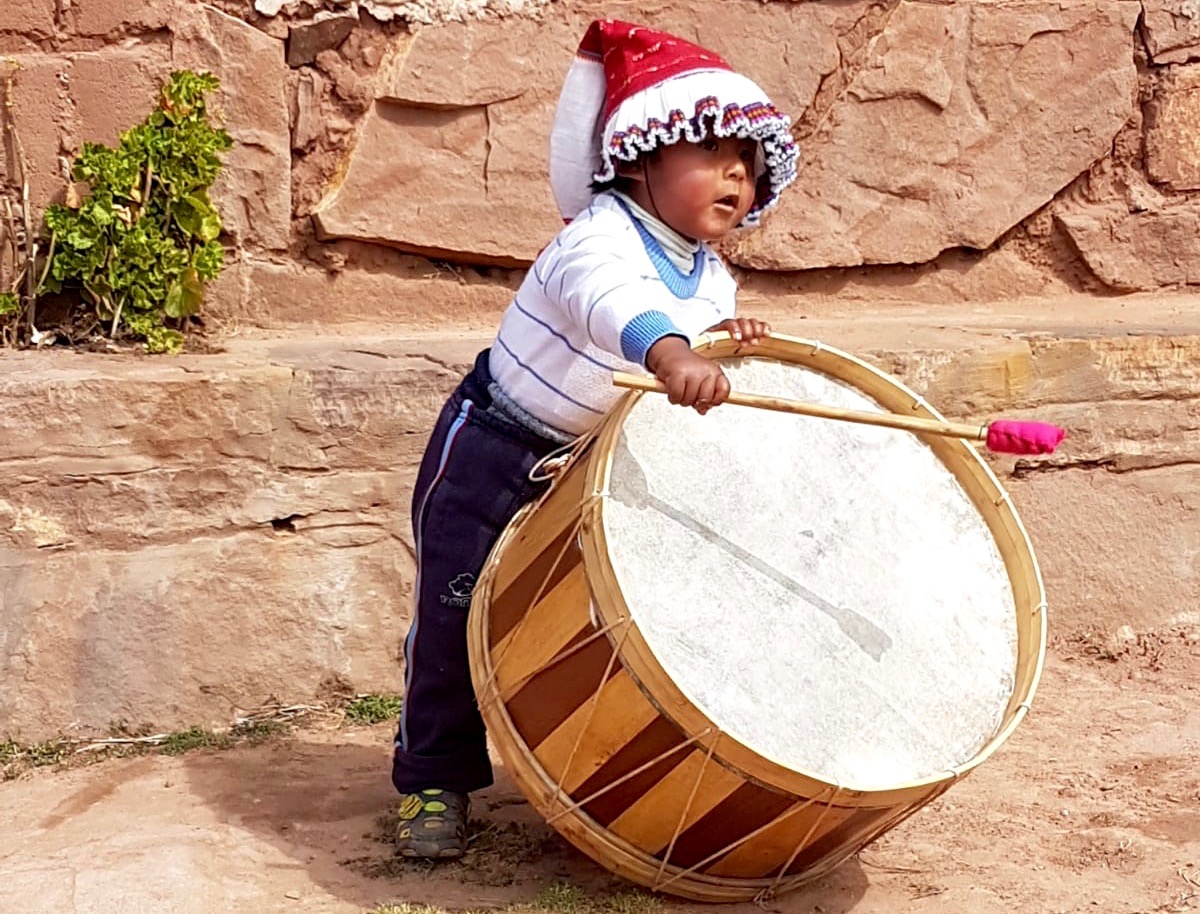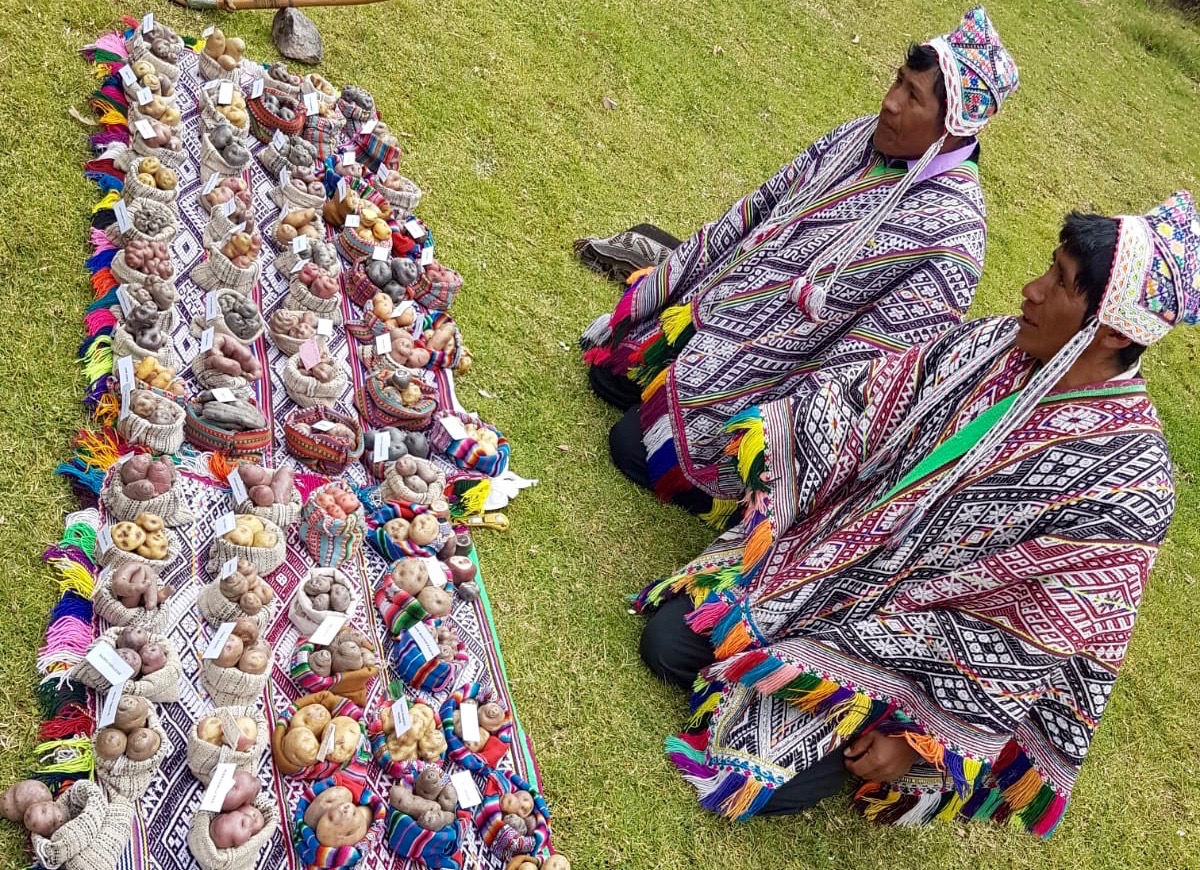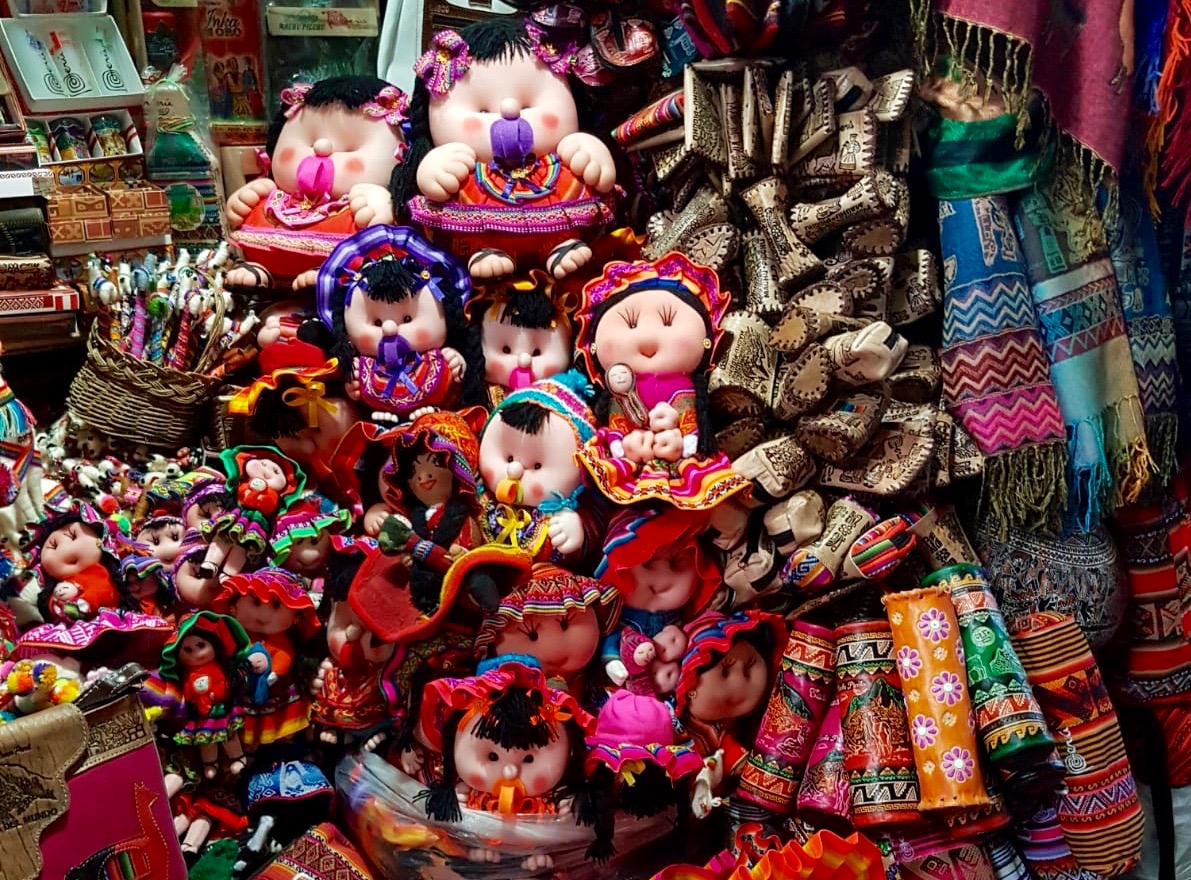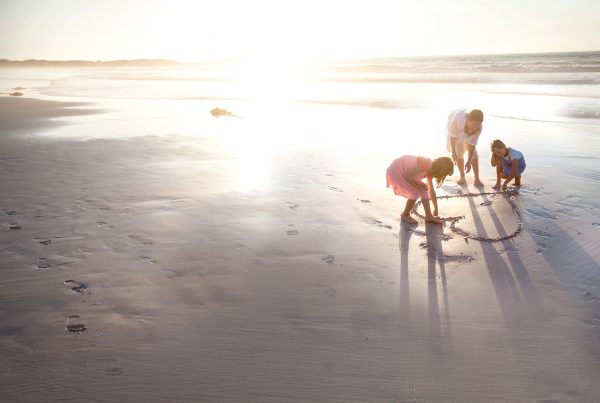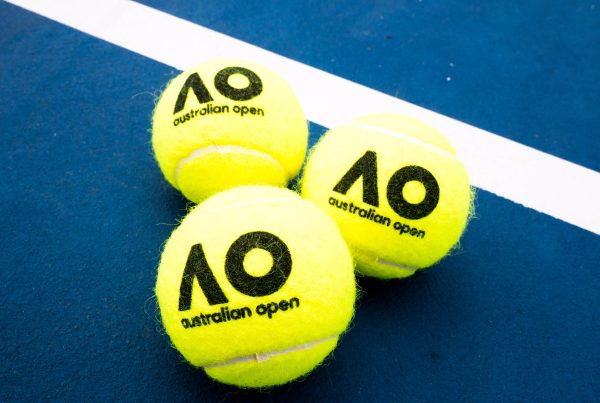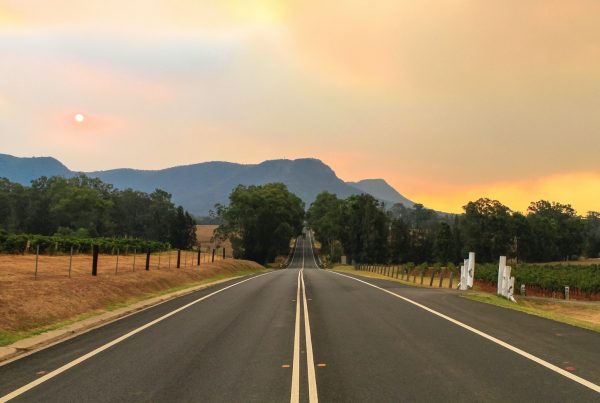What sets Peru apart from the rest of the planet? The culture, the people and some exquisitely beautiful landmarks steeped in ancient traditions. But it hits a whole new level when experienced with the Belmond touch through a Bellini Club tour. Gary Reichenberg discovers the people of Peru have a profound respect for the earth.
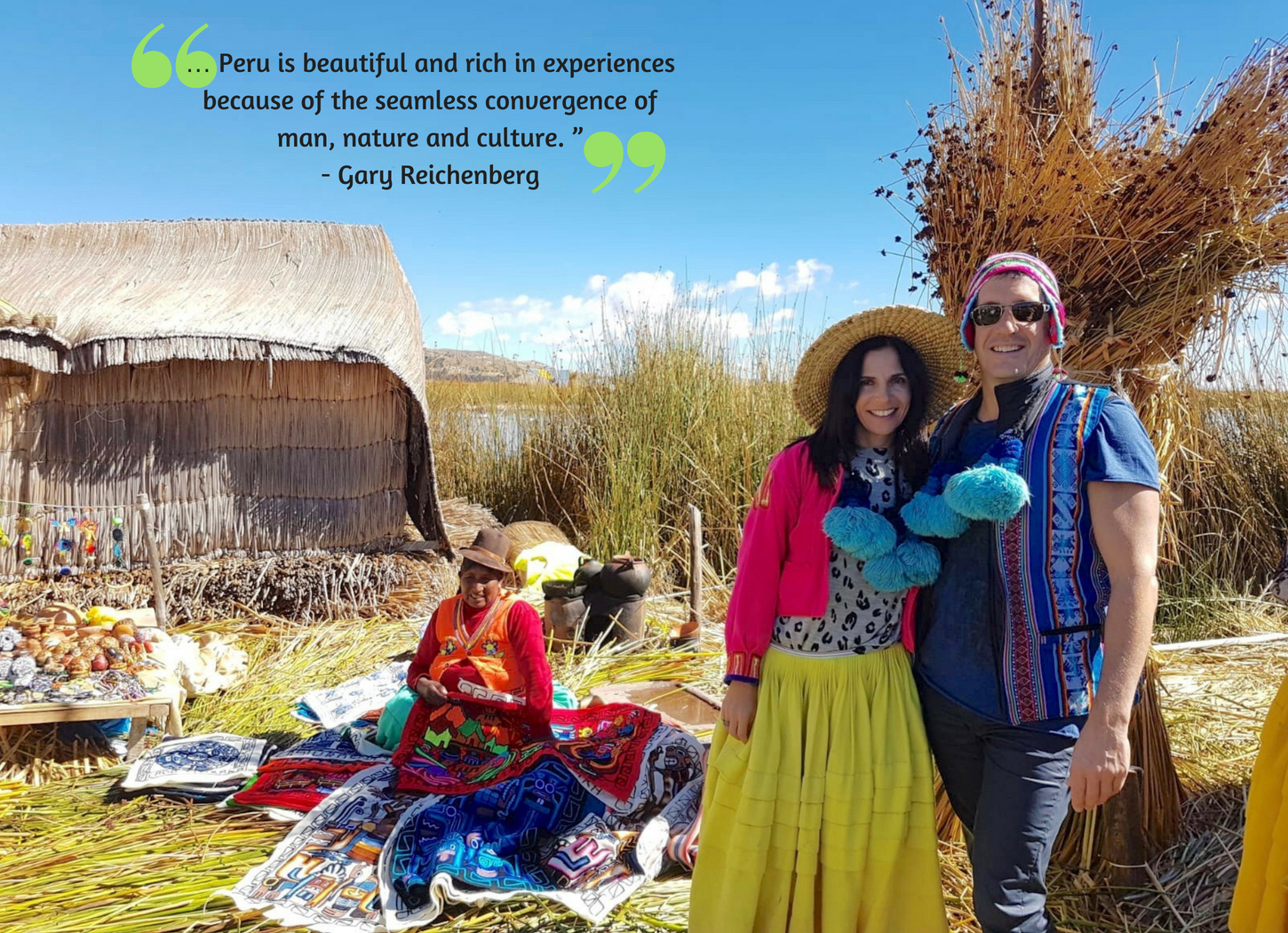
Peru is an experience unlike anything else on the planet.
Of course, anyone who has been to the land of Incas will tell you that, but painting a true picture of this South American hotspot isn’t easy. It’s only when you feel and see the full effects of the various dimensions of a Peru adventure that you can truly comprehend its uniqueness.
It’s a pleasant assault on the senses in so many ways, which I’ll explain later.
Peru is a country rich in heritage, culture and humanity, and is home to a patch of the Amazon rainforest and Machu Picchu, the famous ancient city set high in the Andes mountains.
It’s also a land of learning for those willing to take it all in properly. Having a top level tour operator that can craft such an adventure allows that “learning” to happen, and takes the travel experience to a whole new level. We were fortunate to experience an extraordinary Peru tour courtesy of Belmond’s preferred partner program Bellini Club.
An offering to the gods
Let’s get back to that assault on the senses.
We soon discovered locals go through a process of rolling coca leaves before burning them with a prayer as a thanksgiving for the blessings. As an offering to the gods, it’s something special as you see, smell and feel a part of this Andean blessing ceremony and coca leaf reading ritual. It is considered as an auspicious activity.
It’s also deeply spiritual. Used in the Inca sacred ceremony, the coca leaves are considered a communication guide or “spiritual medium” to access the future, present and past.
Through the coca leaves, the Andean priest or Shaman interprets the leaves. They believe the purpose is to talk to the creative source of the universe, especially the Pachamama or Mother Earth.
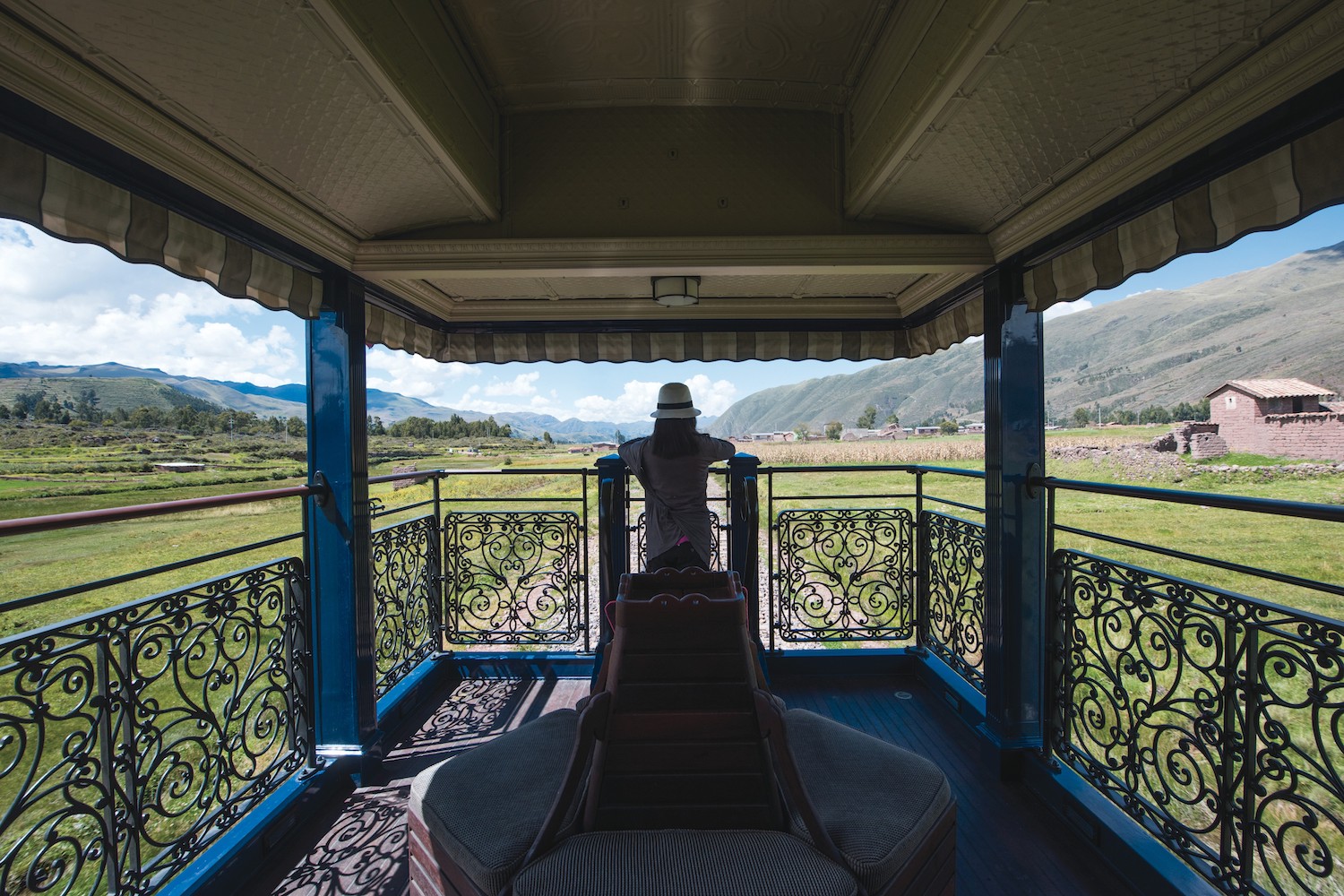
A profound respect for Mother Earth
One of the first things we quickly learnt in Peru was the profound respect and appreciation for the earth that Peruvians have.
This is a practice that has been prevalent since the Inca times. It is believed the Inca people began to worship Pachamama as God long before Roman Catholicism was introduced by the Spanish in the 1500s.
Experiencing such a trip with Belmond paves the way for some fascinating encounters that promise to stay with you forever.
So what were our highlights?
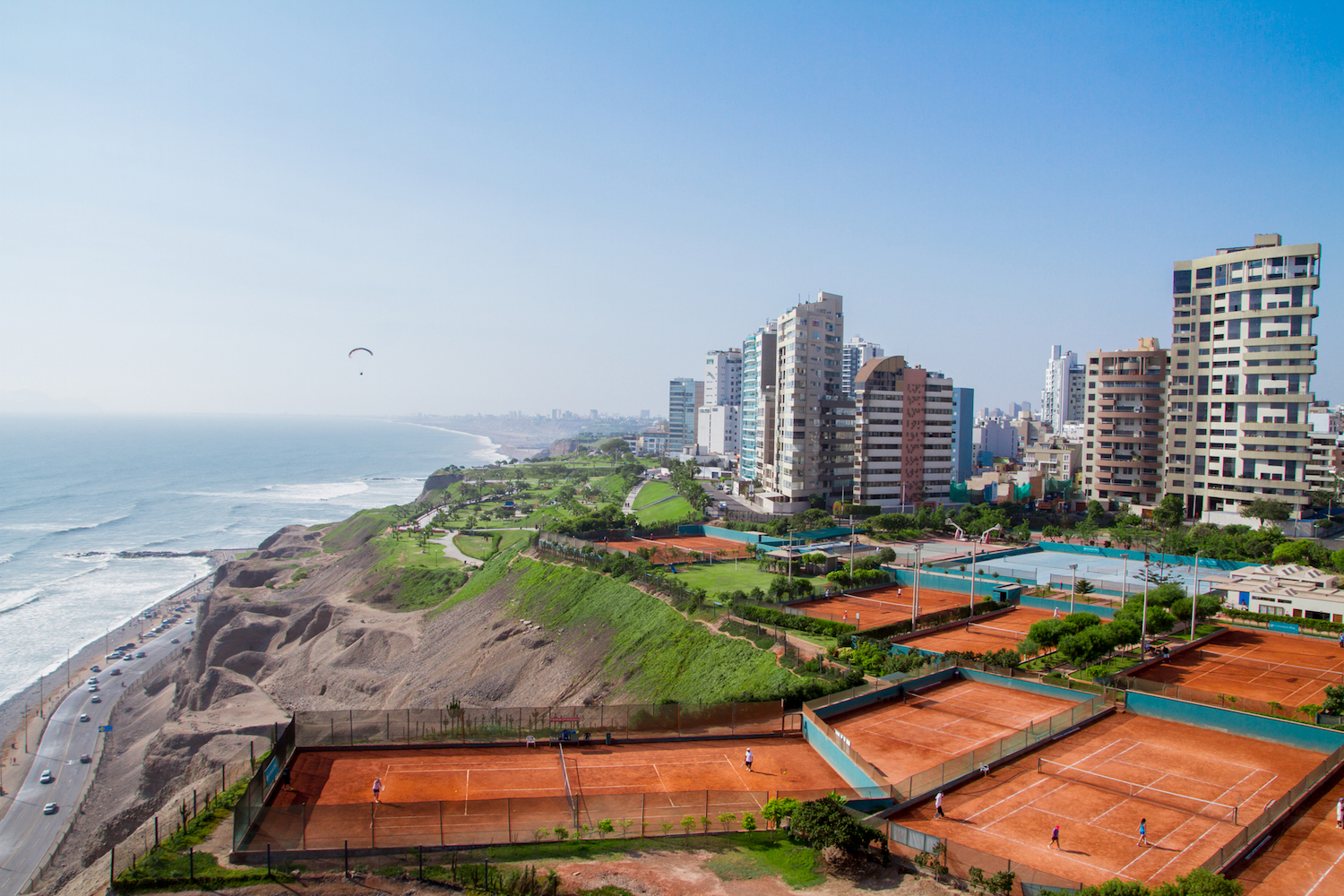
City of Kings
First of the many spectacular sights and experiences began with a city tour of the ‘City of Kings’, Lima, the capital of Peru.
Lima is a rich preservation of classic colonial and Incan architecture and it would be remiss not to mention the historic city centre, Lima’s main square, with its massive presidential palaces and stunning cathedrals.
This was followed by a magical evening, a unique masterclass by Chef Pedro Miguel Schiaffino, who demonstrated his passion for Peruvian food. It culminated with a sublime tasting menu at Malabar, one of the top restaurants in Peru over the past few years.
While we thought nothing could top the glory of the well-preserved heritage city of Lima, Cusco is proof one should expect the unexpected in this land. Well known as the gateway to Machu Picchu, Cusco, the former premier city of the Inca Empire, is considered the archaeological capital of South America.
If there is just one place you could stop to take in all of Peru’s sights, spirit and cuisine, mark it down. Cobblestoned streets, markets, plazas, UNESCO heritage architecture, culture and creative cuisine are all yours in Cusco. We took part in the parade at Plazoleta Nazarenasa, a colourful street event encouraging guests to dress up and join the party.
The farewell banquet for us at Cusco, called cacharpari, was a grand finale.
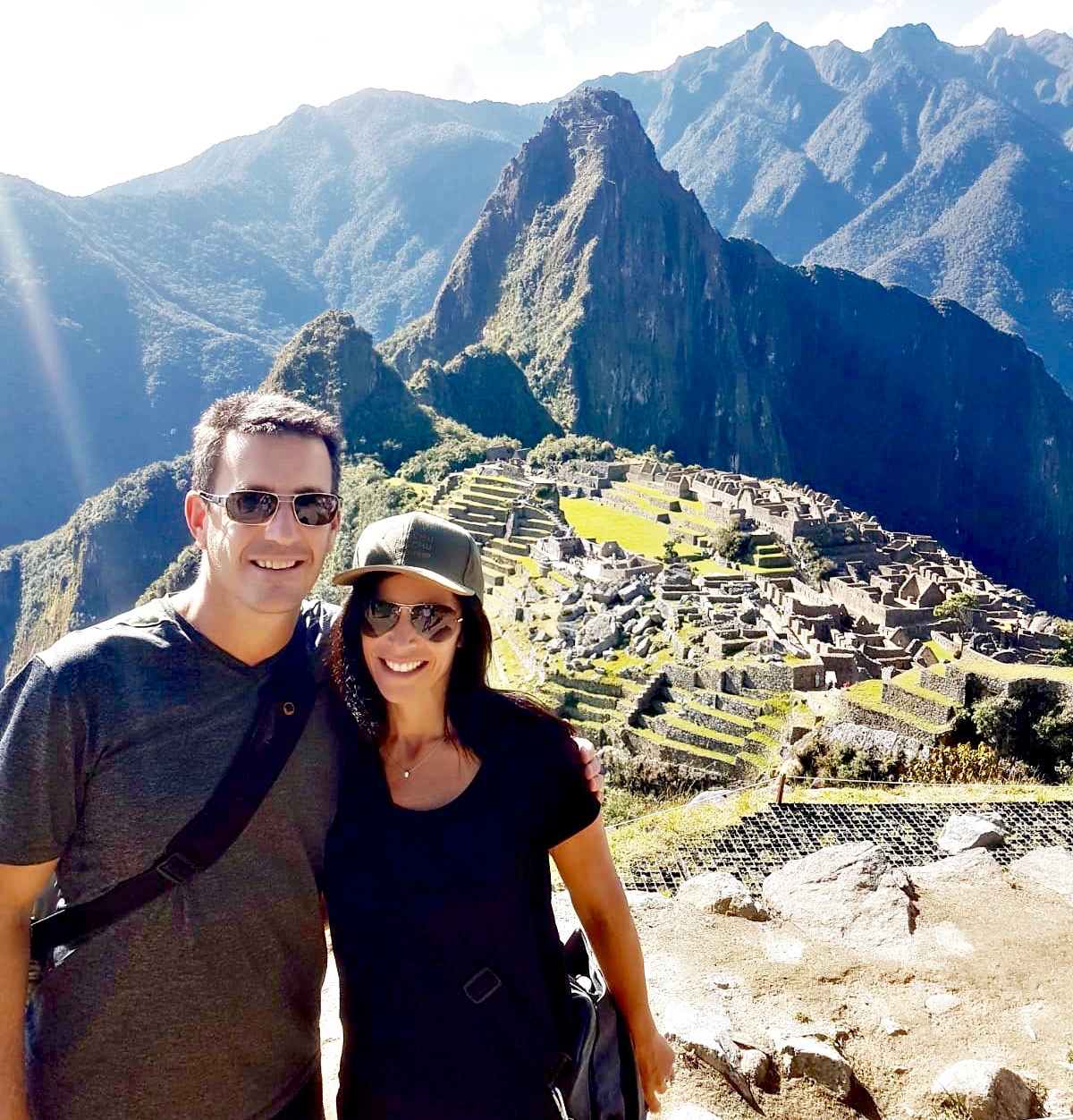
The mighty Machu Picchu
The next leg of the journey was something most travel enthusiasts have as part of their bucket list – the awe-inspiring Machu Picchu.
We boarded the majestic Belmond Hiram Bingham for our train journey to Machu Picchu. The train, named after Hiram Bingham (who discovered the city) travels from the high Andes down the Sacred Valley, and for much of the journey it runs alongside the Urubamba River.
Modelled on the Pullman cars of the 1920s, the Belmond Hiram Bingham train is a magical journey, with personalised service that takes care of every detail on your trip.
The luxurious Belmond Hiram Bingham boasts of an elegant dining car, the bar car and the observatory where you can take in the unsurpassed scenery in the open air while sipping on a traditional Peruvian cocktail and soaking up the sounds of live local music.
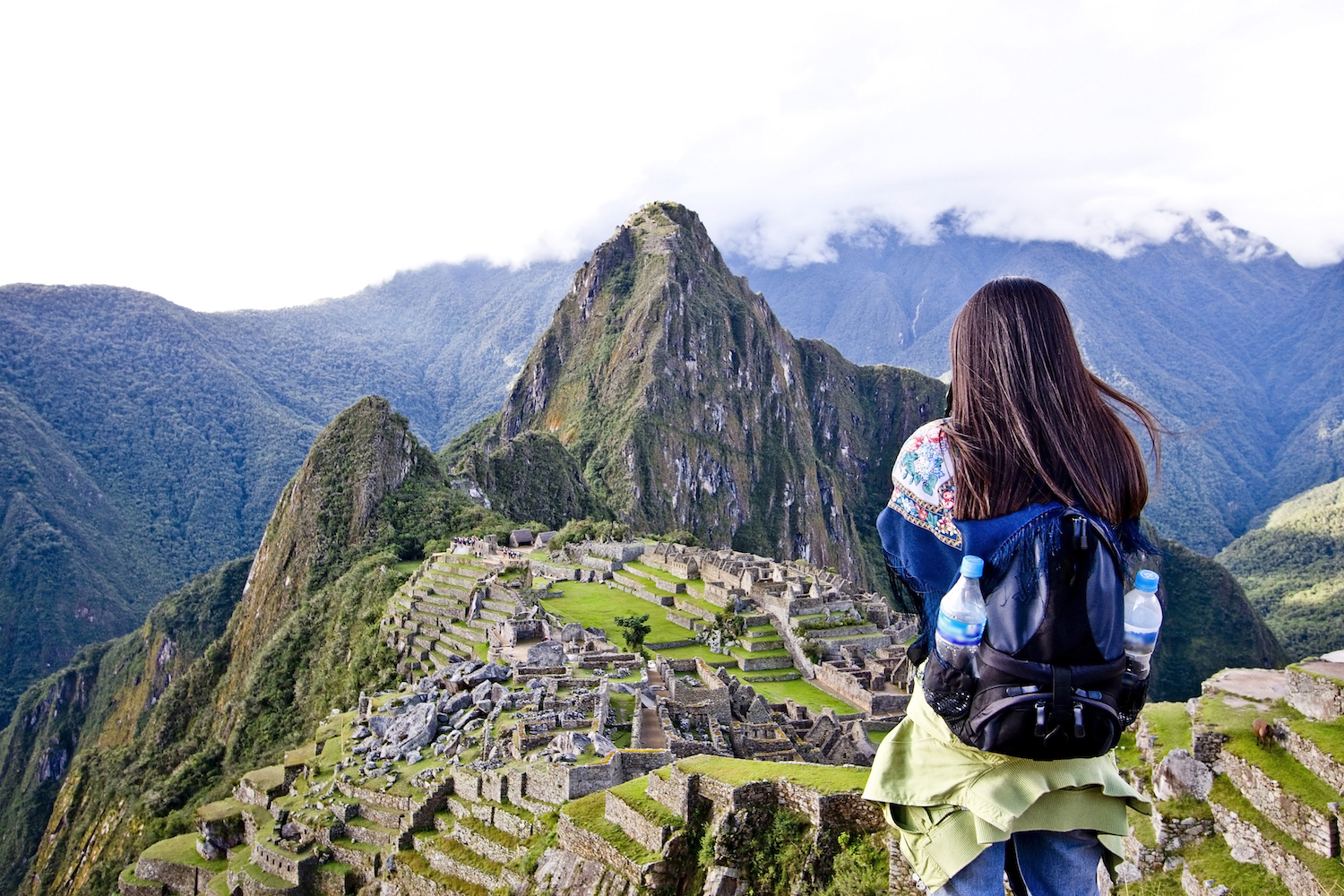
“This magical and majestic town is all you would expect it to be and more. Modern architecture pales as we witness the well-considered layouts, the thought-out structures, astounding citadels and every minute detail of the historic site of Machu Picchu.”
Forward-thinking Incas
A visit to the Machu Picchu sanctuary highlights the forward-thinking attributes of the Incas, not only in governance and self-rule, but also their collective achievements. It’s impressive.
The Incas invented aqueducts and terraced farming, discovering different elevation levels could yield better crops for varying foods. They stored supplies and freeze-dried food for times of drought. They worked gold and silver, weaved immensely colourful clothes, and were remarkable artists and musicians. Not only that, they were astute mathematicians in inventing an ancient tool for account keeping which used coloured strings and knots.
The Incas also built a complex system of roads that totalled more than 24,000km.
This magical and majestic town is all you would expect it to be and more. Modern architecture pales as we witness the well-considered layouts, the thought-out structures, astounding citadels and every minute detail of the historic site of Machu Picchu.
Say hello the the Andean Belmond Explorer
Something really special that can’t be overlooked when exploring South America is a luxury rail experience like no other – the Andean Belmond Explorer.
As TDL’s own Kimberly Rosbe pointed out in a recent news story, when you’re aboard this 48 passenger luxury train in “peerless style”, you can choose from a selection of one and two night itineraries between Cusco, Puno and Arequipa to explore the Andes on one of the world’s highest train routes. From Cusco you can traverse the highest plains of the Andes and experience the wonders of of Lake Titicaca. It’s imperative you take the opportunity to explore the vast Colca Canyon and maybe even catch sight of a mighty Condor.
The Belmond Andean Explorer, a luxury sleeper of the highest order, has four types of cabins, each with its own ensuite bathroom and shower. The interiors are a combinations of modern high quality touches blended with traditional Andean accents while the designs draw inspiration from Peru’s hand-woven fabrics, with textures chosen to match the soft feel of Alpaca wool.
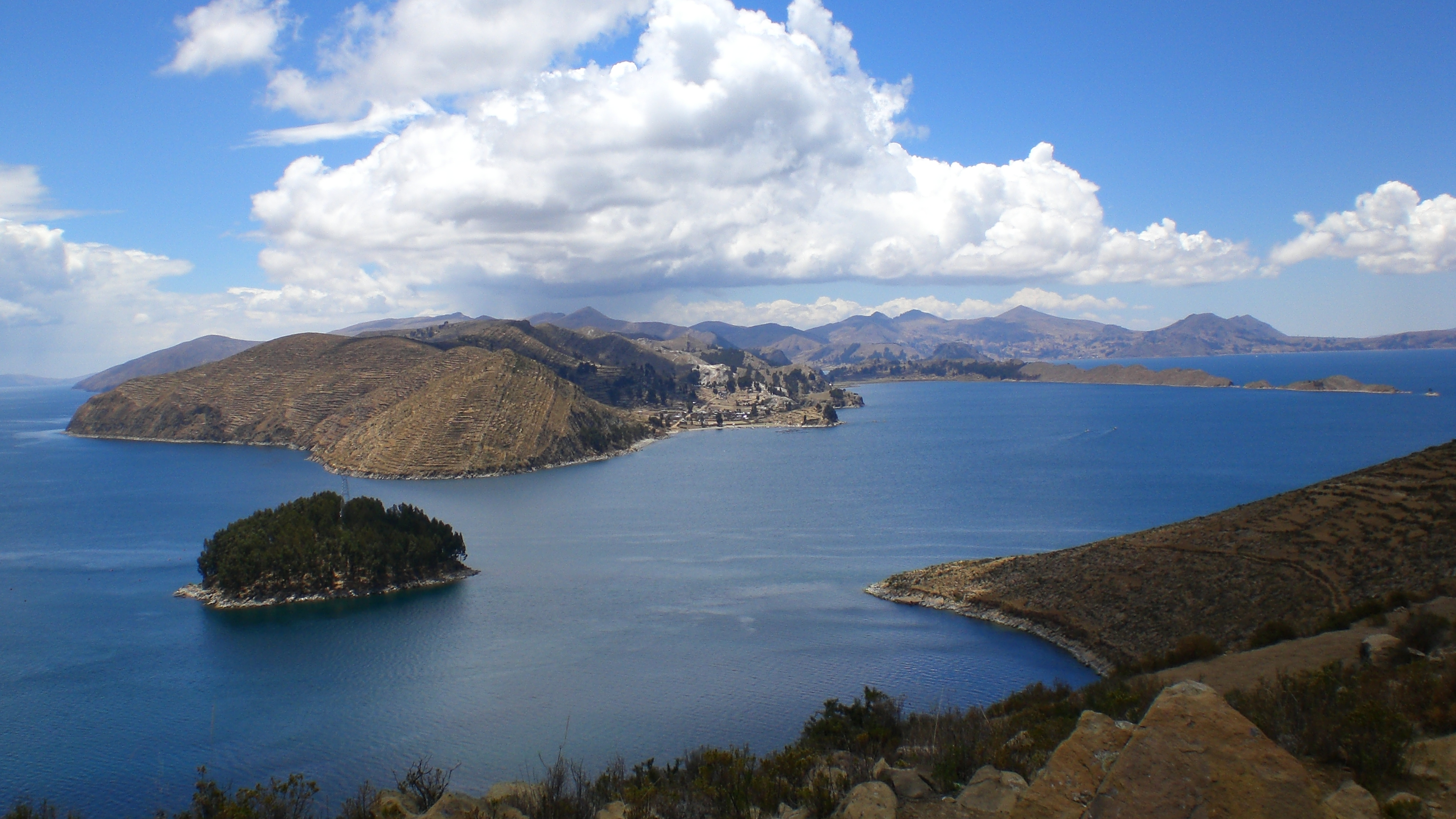
Raqchi’i an ancient archeological wonder
We broke up the long journey between Cusco and Puno on a full-day transfer via the Andahuaylillas and Raqch’i.
We left Cusco and stopped at San Pedro de Andahuaylillas (Sistine Chapel of the Americas), set in the central square of a tiny Andean village, and visited Racch’i, an ancient Inca archeological site.
The Inca site at Raqch’i was a primary control point on a road system that originated in Cusco and expanded as the Inca empire grew. It is in a valley known for sacred sites.
Fly direct to South America with LATAM Airlines
Lake Titicaca
There are lakes and then there is Lake Titicaca (pictured above).
It’s a large, deep lake in the Andes on the border of Bolivia and Peru. Based on volume of water and by surface area it is the largest lake in South America and is home to more than 530 aquatic species.
You will witness “Floating Islands” on the lake, small manmade islands constructed by the Uros (or Uru) people from layers of cut totora, a thick buoyant reed that grows abundantly in the shallows of Lake Titicaca. The Uros harvest the reeds that naturally grow on the lake’s banks to make the islands by continuously adding reeds to the surface.
According to legend, the Uru people’s origins were in the Amazon before migrating to the area of Lake Titicaca in the pre-Columbian era, where they were oppressed by the local population and unable to secure land of their own. They built the reed islands, which could be moved into deep water or to different parts of the lake as necessary for greater safety.
Sailing on the beautiful Lake Titicaca on a boat built on totora reed by weavers and navigated by expert raftsmen was one of the highlights of the tour.
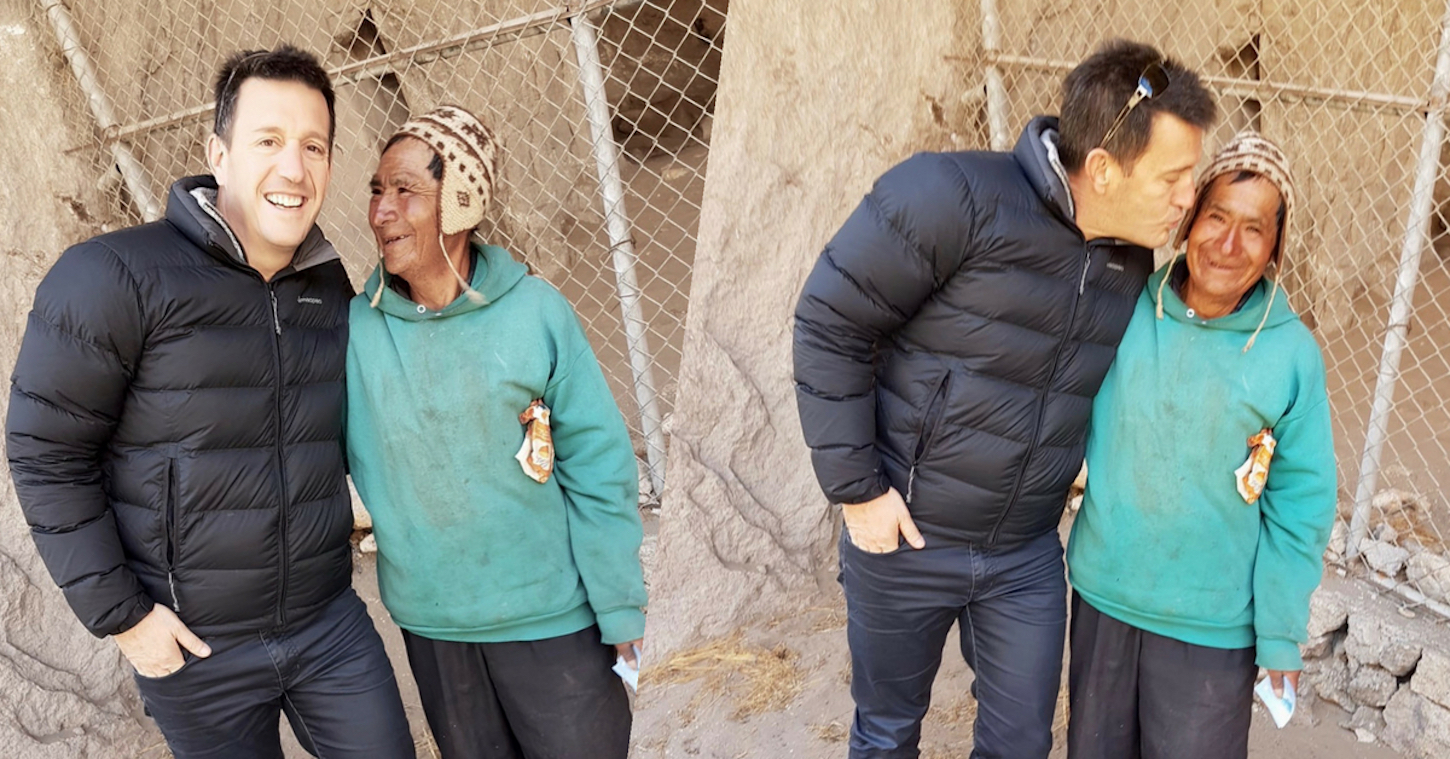
Beyond the souvenirs
Finally, it wasn’t just the beautiful weaves and trinkets and all the usual souvenirs from Peru that we took home with us. We also returned having learnt some great things.
The Peruvians practice inclusiveness and are big on preserving their heritage while also promoting responsible tourism.
Peru is beautiful and rich in experiences because of the seamless convergence of man, nature and culture. Its people worship and respect nature and integrate it into every aspect of their culture. Seeing the harmony of nature, man and animal in Peru makes me agree: “The happiest man is he who learns from nature the lesson of worship.”
Executive Edge Travel is a globally renowned leader for booking luxury travel experiences/properties.
To book contact your Executive Edge Travel Designer on 03 9519 7777 or email leisure@executiveedge.com.au


